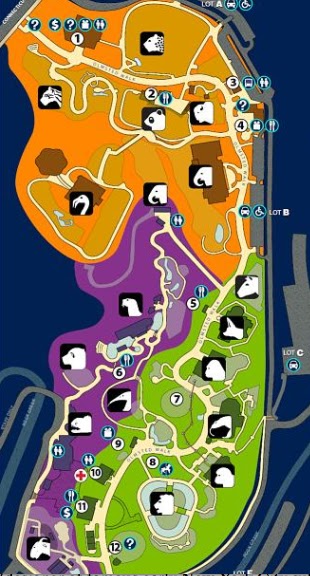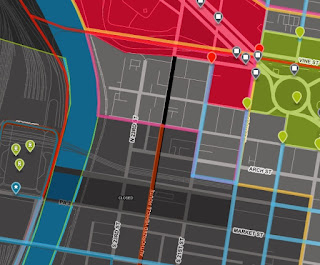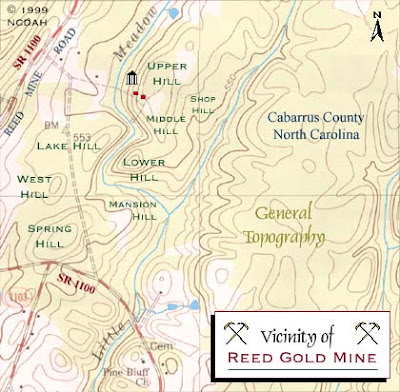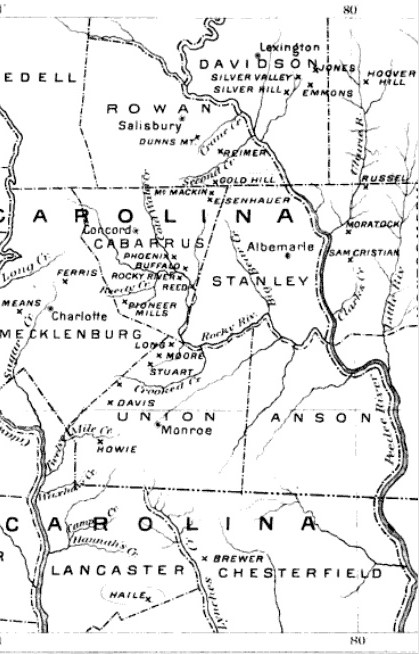Swedish artist Nikolaj Cyon created this map of what Africa might have looked like if it had not been colonized by Europeans.
The map uses linguistic, natural and ethnic boundaries. The straight lines that the colonizers drew are conspicuously absent.
The map was cobbled together from various historical maps such as this one from the Geography Department at the University of Dakar.
Other non-traditional aspects of the map include the use of the Hijri Year (AH) from the Islamic lunar calendar, a scale in iterus (an ancient Egyptian unit of measurement), alternate names for the "Ikweta" and tropics, and the orientation - south is up. For those of us in the northern hemisphere think of colder part at the top and maybe it will make more sense.
Also, note the treatment of Europe, or Frangistan. I think this is meant to show a reverse colonization, but it is not explained on his site.
There are lots of beautiful cartographic touches such as the water lines and the effective National Geographic-style shading of the boundaries. The traditional craft evoking map borders are also nice.
Cyon has an online presentation where you can see more details of the process.
The map uses linguistic, natural and ethnic boundaries. The straight lines that the colonizers drew are conspicuously absent.
The map was cobbled together from various historical maps such as this one from the Geography Department at the University of Dakar.
Other non-traditional aspects of the map include the use of the Hijri Year (AH) from the Islamic lunar calendar, a scale in iterus (an ancient Egyptian unit of measurement), alternate names for the "Ikweta" and tropics, and the orientation - south is up. For those of us in the northern hemisphere think of colder part at the top and maybe it will make more sense.
Also, note the treatment of Europe, or Frangistan. I think this is meant to show a reverse colonization, but it is not explained on his site.
There are lots of beautiful cartographic touches such as the water lines and the effective National Geographic-style shading of the boundaries. The traditional craft evoking map borders are also nice.
Cyon has an online presentation where you can see more details of the process.

























